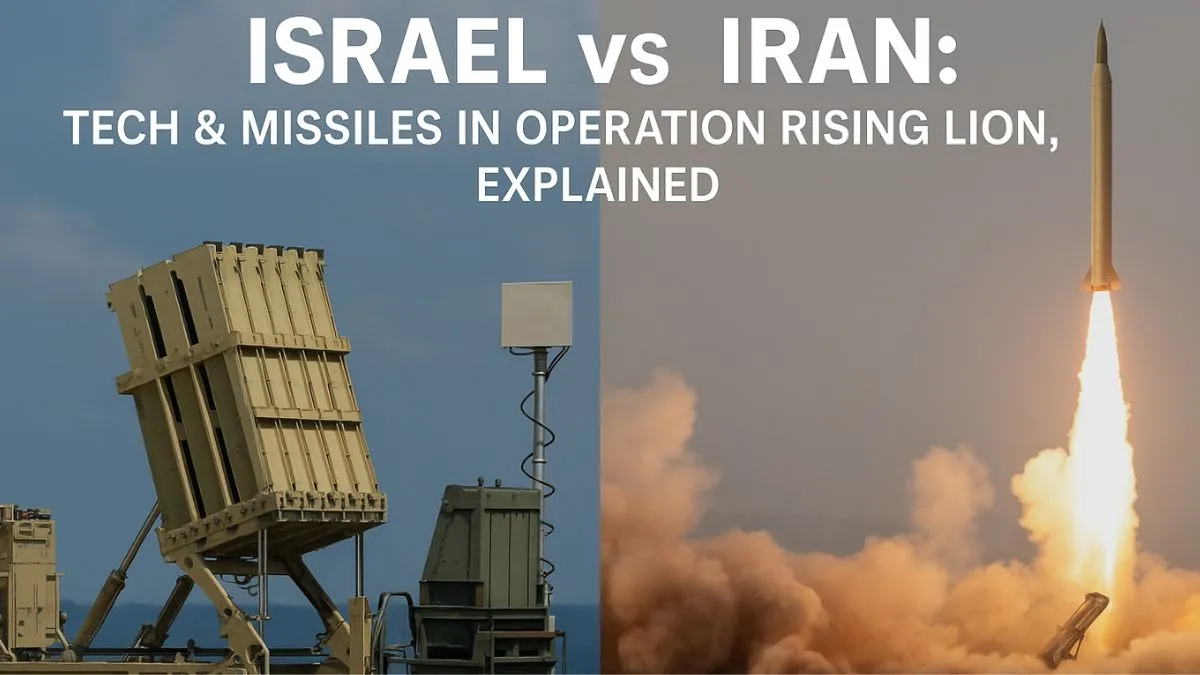Okay, here’s the article, formatted for HTML as requested.
Ever feel like you’re watching a movie when you see news about conflicts around the world? It can be confusing trying to understand who’s fighting who, and why. Imagine two really strong teams facing off in a video game, each with their own special weapons and strategies. That’s kind of what’s happening right now between Israel and Iran.
Operation Rising Lion marks a major shift, moving from behind-the-scenes disagreements to an all-out clash. What happens when you pit Iran’s huge army and missile arsenal against Israel’s super-advanced tech, including the Iron Dome? Khabaritank is here to break down the strengths and weaknesses of both sides. By the end of this article, you’ll have a much clearer picture of this intense situation and understand what each country brings to the battlefield.
Air Supremacy: Israel’s Quick Upper Hand
So, word on the street is that Israel, within about 48 hours, established pretty solid air dominance. What does that even *mean*? Think of it like this: they control the skies. Their jets, like the F-35, are like the top-tier characters in our video game analogy – super advanced and hard to beat. They can take out threats before they even get close. It’s a HUGE advantage because controlling the air makes it way easier to strike targets and defend your own territory. Imagine trying to play a video game where the other team can fly and you can’t!
Iran’s Arsenal: Quantity vs. Quality
Iran has a TON of missiles – over 2,000! Plus, loads of drones. It sounds intimidating, right? It’s like having a massive army in a strategy game. But here’s the thing: many of these missiles and drones are based on older Russian tech. They’re not as accurate or as hard to intercept as the newer stuff. It’s like having a bunch of basic infantry units versus a few super-powerful tanks. Quantity has a quality of its own, but it can only go so far in front of high tech.
Israel’s Defense: Iron Dome and David’s Sling
This is where Israel’s tech really shines. Systems like the Iron Dome and David’s Sling are designed to intercept incoming rockets and missiles. Think of them as super-powerful shields that can block almost any attack. The Iron Dome, in particular, is famous for its effectiveness. It’s been protecting Israelis for years. This layered defense makes it much harder for Iran’s missile strikes to be effective. It’s like having multiple layers of defenses in your base, making it super tough to conquer.
Manpower vs. Technology: The Core Difference
At its heart, this conflict highlights a major difference between the two countries. Iran has a large population and, therefore, a huge potential army. That’s manpower. Israel, on the other hand, focuses on having the best technology possible. Things like advanced aircraft, missile defense systems, and cyber warfare capabilities. So, it’s a classic showdown of numbers versus cutting-edge advancements. Which approach will win out? That’s the big question khabaritank is trying to answer. This reminds me of the debates we had in college over which was better for gaming. More people or better hardware?
The Big Picture
So, where does all of this leave us? Operation Rising Lion has kicked off a direct confrontation between Israel and Iran, a situation that has been brewing for years. Israel’s quick air dominance gives them a significant early advantage. However, Iran’s large missile stockpile and manpower reserves can’t be ignored. The effectiveness of Israel’s defense systems, like the Iron Dome, will be crucial in neutralizing Iran’s attacks.
Ultimately, this conflict is a complex mix of technology, strategy, and human factors. It’s a real-world example of how different approaches to military strength can clash. The outcome is uncertain, but one thing is clear: the world is watching closely. Make sure to follow khabaritank for up-to-date information and analysis as this situation unfolds. We will keep you informed as we analyze everything.







